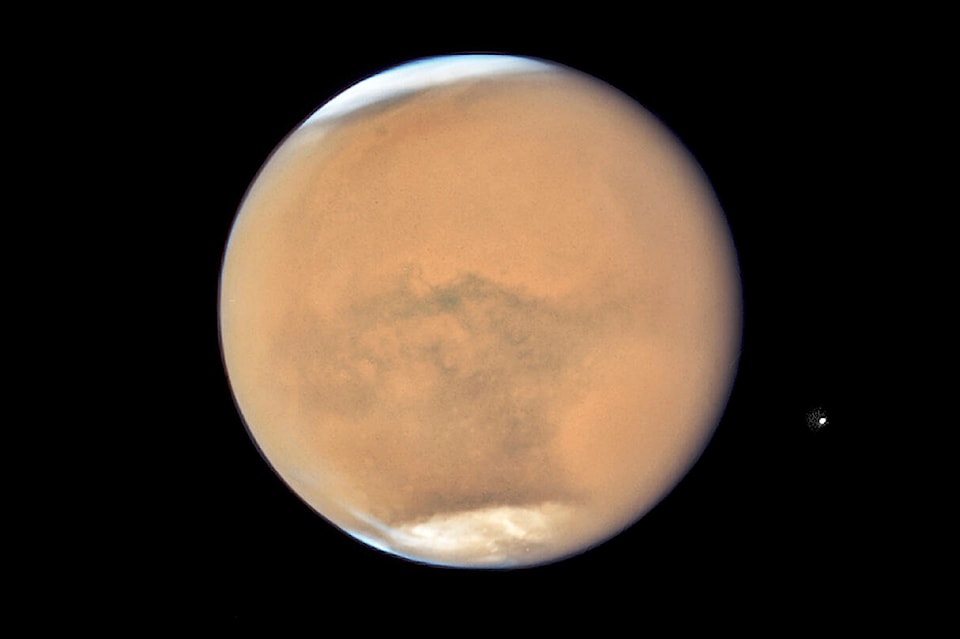In past years, the possibility of settlements on the moon, Mars and distant solar systems created a sense of optimism and hope.
New worlds awaited. People would eventually be able to settle on these worlds and create the wonderful futures they wanted.
This concept can be found in science fiction of the 1950s and 1960s, and the theme remains a part of more contemporary science fiction stories.
Ray Bradbury and others described Mars as a world where people could settle in newly formed communities, away from the tensions of Earth. The writers of the Star Trek television series in the late 1960s had the crew of the Enterprise zipping around the universe each week, with a new adventure on each new episode.
READ ALSO:
READ ALSO:
These stories may have been inspired, at least in part, by the advances in flight in the first half of the 20th century.
The first recorded airplane flight occurred in December, 1903 and the first commercial flight took place in 1914. The first commercial jet airliner, the de Havilland Comet, was introduced in 1949. The concept of rocket-powered flight was considered since at least the 19th century and the era of modern rocket flights dates to the 1920s. A lot of air travel developments and innovations occurred within a short span of time.
Once the skies had been conquered, the next challenge was space.
The first flight into space was in 1961 and the first astronauts to land on the moon did so in 1969.
Around this time, science fiction writer Arthur C. Clarke said, “I intend to go to the moon when the tourist service starts; and I hope (but hardly intend) to go to Mars.”
Clarke’s statement proved a little too optimistic. Space tourism flights first occurred in 2019, after Clarke’s lifetime. None of these flights came anywhere close to the moon, let alone to Mars or other worlds.
The idea of a settlement on Mars is still being considered, but such a venture would take a lot of structures and technology.
A one-way trip to Mars would take around nine months. Then, once a crew has landed, some challenging work would lie ahead. Oxygen and water, both necessary for human life, are in short supply on that planet. Even if a colony could be established on Mars, it would not be a destination for millions or billions of people looking for a new place to live.
Some other planets, in far away solar systems, may be able to sustain human life. The distances to planets that could theoretically be settled are measured in tens to thousands of light years. One light year, the distance light travels in one year, is 9.46 trillion kilometres. Using present technology, it would take 37,200 years. At present, there is no workable way to transport people these distances.
Even if it were possible to traverse the vastness of space, other questions would still remain. Planets capable of hosting human life may already have their own civilizations in place – and those civilizations might not want us to drop in on them. Or it is possible that unknown diseases or organisms might prove fatal to those who settle there.
The idea of colonizing Mars or distant galaxies remain within the realm of science fiction.
Our world is what we have. This is where we live. And it is up to us to make it the best possible home for ourselves.
At present, there are no other options.
John Arendt is the editor of the Summerland Review.
To report a typo, email:
newsroom@summerlandreview.com.
newsroom@summerlandreview.com
Like us on and subscribe to our daily and subscribe to our daily .



